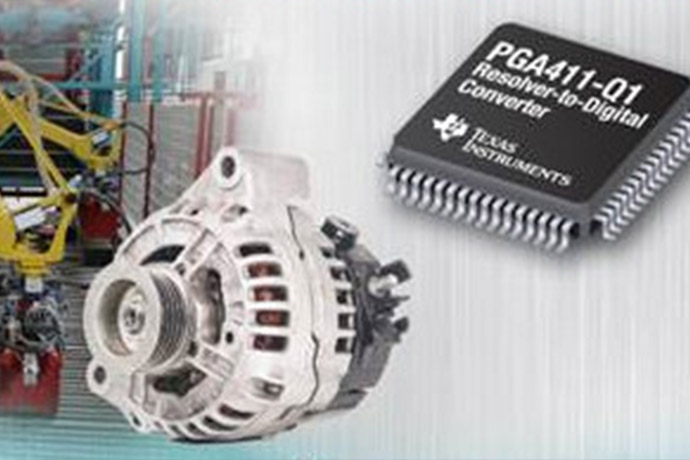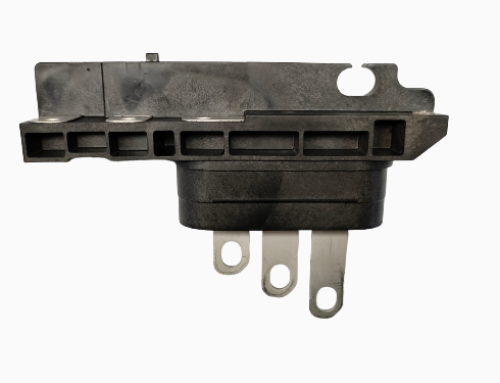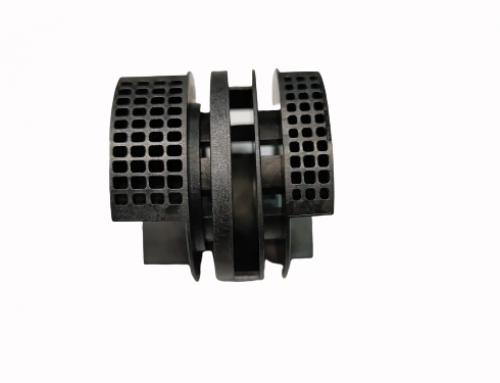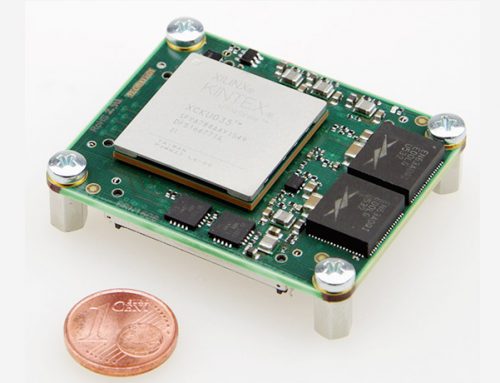The device is capable of simultaneously exciting the resolver sensor coil and calculating the angle and velocity of a rotating motor shaft without the external components required by competitive solutions.
The PGA411-Q1 resolver-to-digital converter’s architecture helps enable designers to increase system accuracy and stability for end equipment like hybrid electric vehicle/electric vehicle (HEV/EV) traction inverters, electric power steering, integrated start-stop generators, industrial alternating current (AC) servo motor control and robotic arm control.
TI says the chip eliminates ten external and passive components and supports a wide range of 4-Vrms and 7-Vrms resolver sensors and often eliminate the need for external circuitry.
The integrated built-in self-test (BIST) performs an analogue and logic component self-check automatically upon startup, enabling enhanced latent fault coverage.
The self-test and built-in diagnostics largely eliminate the need for external protection and enable engineers to develop systems that meet Automotive Safety Integrity Level (ASIL) D functional safety certification for International Organization for Standardization (ISO) 26262.
The device architecture provides overvoltage, undervoltage and thermal protections, including separation of the high-current and high-voltage blocks from other parts of the device, like the analogue front end (AFE), which are highly susceptible to damage.
Additionally, the AFE’s integrated comparators remove the need for an external analog-to-digital converter, which helps enable stability by reducing the effects of quantization noise on the input signals from the sensor.
Built-in programmable features such as an internal clock, AFE, and increased diagnostics and protection enable engineers to scale the device to fit a range of resolver sensors and system needs.






Leave A Comment